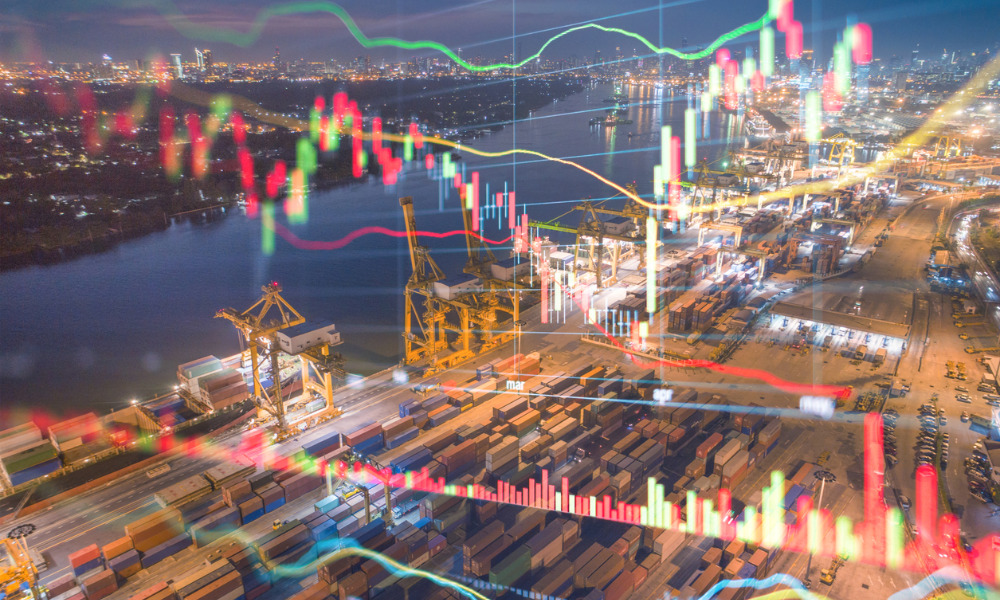The GTA industrial segment's powerhouse performance is showing no signs of waning, according to Avison Young

The industrial asset class has been one of the Canadian commercial property sector’s strongest performers in recent years, and a Q3 data report covering Toronto’s red-hot performance suggests that this trend is showing no signs of waning, according to Avison Young.
The industrial availability rate in the Greater Toronto Area went up by 30 basis points to reach 2.2% in the third quarter, marking its highest level since Q1 2018’s 2.5%. This represented an additional 2.9 million square feet of industrial space becoming available over the quarter.
“Following the record low availability experienced throughout 2021 and 2022, we are starting to trend towards a more balanced market,” Avison Young said, while also stressing that “current conditions still tend to favour landlords.”
A total of 4.1 million sf of space across 19 buildings were completed during the third quarter, bringing the total number of inventory additions over the past year to 17 million sf across 75 buildings. At present, 16.4 million sf across 64 buildings is under construction.
The #GTA industrial market is hitting new heights. Our research shows availability rates have reached their highest since 2020. The demand for space is soaring, leading landlords to advertise well in advance of vacancy. @CMPmagazine has more: https://t.co/m5EOOjsLLj #AYdifference
— Avison Young | Canada (@AY_Canada) September 5, 2023
However, “new construction starts are expected to slow in the coming quarters as some landlords and developers are being more cautious and plan to pause on starting new projects until current projects are fully completed,” Avison Young said. “New construction starts may be further constricted if availability rises rapidly.”
GTA’s industrial rental rates continued to increase despite rising availability, with average rentals up by 1% to reach $18.38 psf during Q3.
“Rates have risen by an average of 31% per year from 2018 to 2023, compared to a total of 4% between 2012 and 2017,” Avison Young said. “When leases are up for renewal, tenants are facing sticker shock, with rents in some cases doubling.”
Still, “the pace of rental rate growth is expected to moderate further over the next several quarters,” Avison Young concluded.



